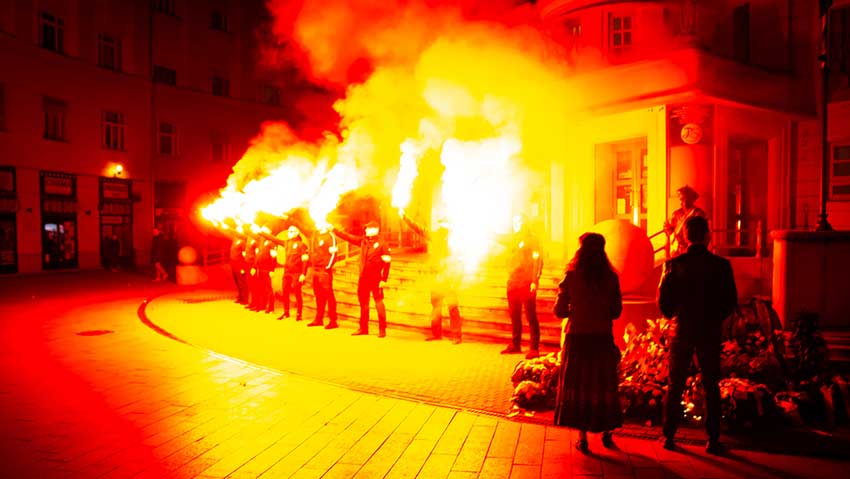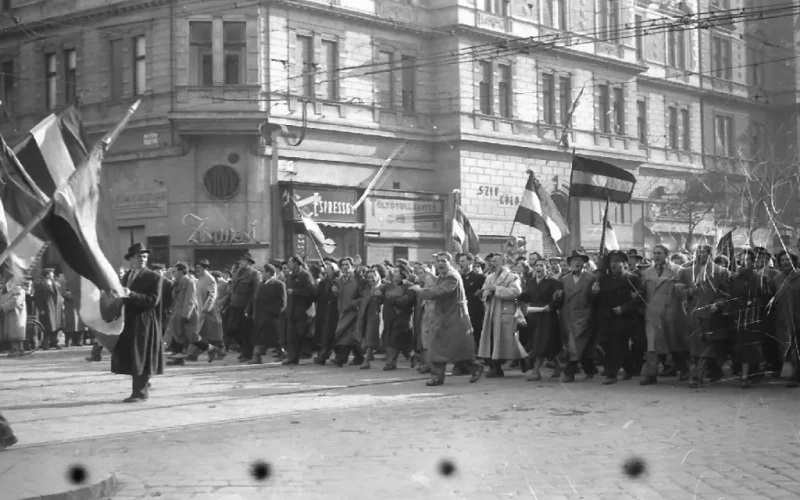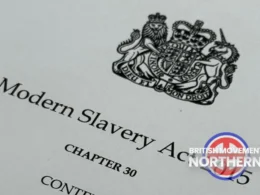The following post was suggested to us by a comrade who is in contact with the Legion of Hungary.
‘The Flame Is Still Burning’ – How Hungarian Nationalists from the Légió Hungária remember the uprising.
The Hungarian Revolution lasted from 23 October until 11 November 1956, when Soviet forces quashed the last pockets of armed resistance in the capital city. The fighting between the revolutionaries and the Soviet Army left approximately 2,500 insurrectionists and 700 Soviet soldiers dead, with an additional 20,000 Hungarian civilians and 1,500 Soviet soldiers wounded.
Budapest bore the brunt of the bloodshed, and those under 30 accounted for roughly half of all casualties. In the aftermath of the uprising, 22,000 people were convicted by the courts of the Soviet-imposed Kádár regime. Of these, 13,000 served prison sentences and at least 200 people were executed. Approximately 200,000 people fled Hungary.
Fighting continued in country areas into 1957, but it was sporadic and isolated. At the inauguration of the Third Hungarian Republic in 1989, October 23 was declared a national holiday.

Each year, Hungarian Nationalists gather to commemorate the Hungarian Uprising against the Soviet forces who had occupied the country. In September 1944, Soviet forces crossed the Hungarian border. On 15 October, conservative leader Horthy announced that Hungary had asked for an armistice with the Soviet Union. The Hungarian army ignored Horthy’s orders, fighting desperately to keep the Soviets out.
The Soviets and Romanians completed the encirclement of Budapest on 29 December 1944. The battle for the city turned into a siege. The siege of Budapest or Battle of Budapest was the 50-day-long encirclement by Soviet and Romanian forces of the Hungarian capital.
Women and children helped dig tank traps in the streets of Budapest in a valiant but ultimately vain attempt to try and stop the Soviet juggernaut. Budapest fell. A few pro-German Hungarian units fought on until the end of the war.
Hungary was the only AXIS power NOT to surrender. Eleven years later many of the same soldiers, housewives and teenagers took to the streets once again to oppose the Bolshevik menace.
The British Movement would love to receive articles for possible inclusion on this site from members and supporters across the North of England. Please remember that we have to operate within the laws of this country – we will not include any content that is against the current laws of the United Kingdom. News reports should be topical and be relevant to the regions covered by this website.












